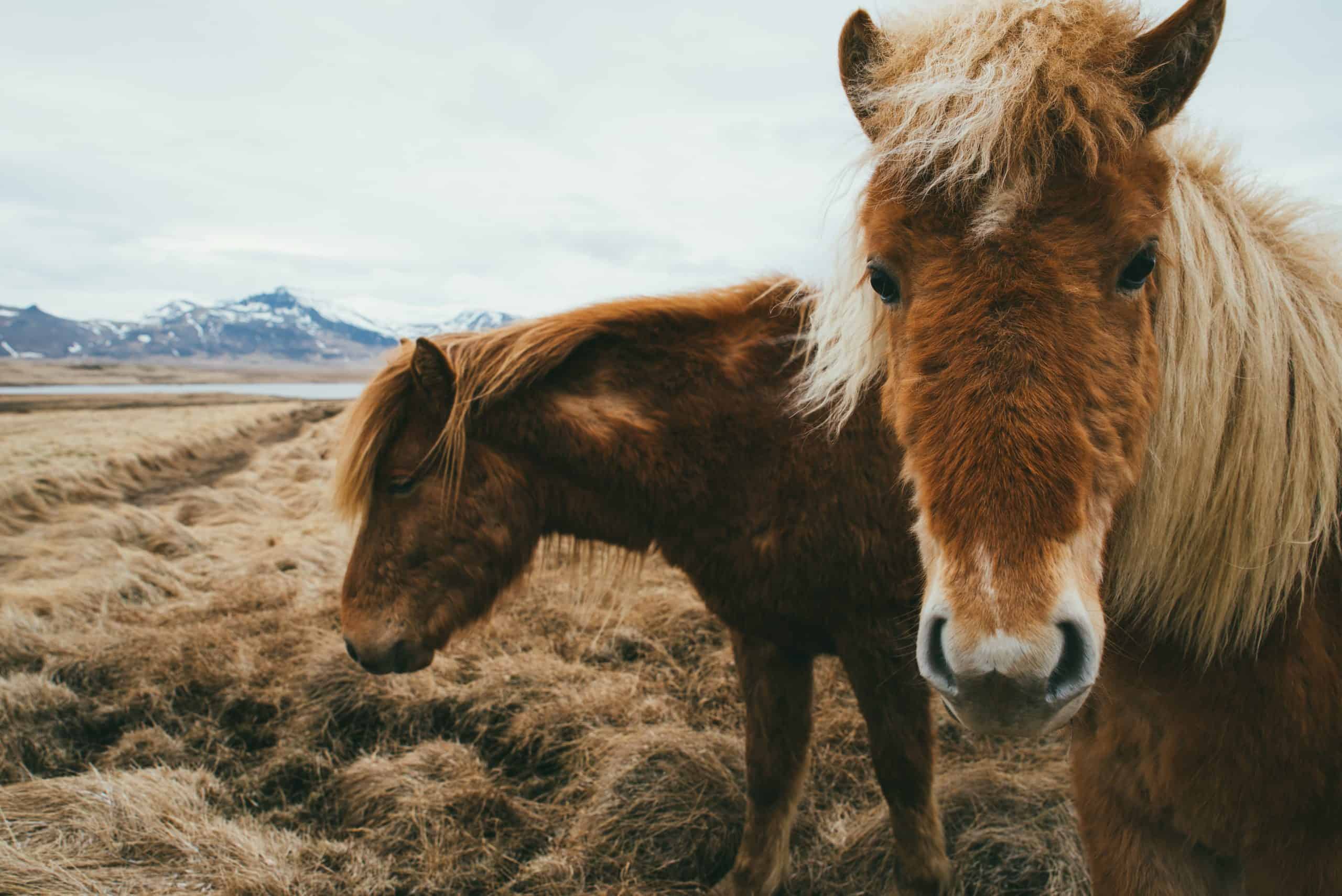As the temperatures drop and winter rolls in, horse owners must pay close attention to their equine companions’ needs. Horse cold tolerance varies based on breed, age, health, and acclimatization. Yet, understanding how cold is too cold for horses and implementing equine cold weather management strategies are crucial for maintaining their well-being during the frosty months.
How Cold Is Too Cold for Horses?
Horses are remarkably resilient and can adapt to colder climates. However, there are limits to this adaptability. Generally, horses can tolerate temperatures well below freezing, provided they have access to adequate shelter, food, and water. The critical temperature, at which owners should apply additional winter care measures, can vary, but a good rule of thumb is to take action once the thermometer dips below 20°F (-6°C).
Equine Cold Weather Management Strategies
In managing the chilly season, horse owners should focus on shelter, diet, hydration, and protection against the elements. These strategies help to optimize horse winter health, ensuring that the animals stay warm and energized despite the cold.
Winterizing Stables for Optimal Horse Winter Health

Preparing the stables for winter is akin to battening down the hatches before a storm. It’s about creating a safe, warm environment where horses can find respite from the harsh conditions outside.
Insulation and Shelter Considerations
Proper insulation is essential in keeping the stable warm without the need for external heating sources. Owners should check for drafts and seal any gaps in the stable structure. Adequate ventilation remains important, though, to prevent moisture buildup and maintain air quality.
Winter Horse Feeding: Adjustments for the Cold
In colder conditions, horses expend more energy to maintain their body temperature, necessitating an increase in caloric intake. High-quality forage should be plentiful, as digestion of fiber helps generate body heat. Adding grains or concentrated feeds can also boost calorie consumption, but this should be done carefully to avoid digestive issues.
Water Supply and Frostbite Prevention in Horses
- Ensure a constant supply of unfrozen water to prevent dehydration.
- Use heated buckets or water heaters as necessary, but monitor them for safety.
- Check the horse’s extremities regularly for signs of frostbite, which can occur in severe cold, particularly on the ears and tail.
Signs of Hypothermia in Horses: What to Watch For
Vigilance is key in preventing hypothermia. Shivering, lethargy, and a drop in body temperature are clear indicators that a horse is struggling to stay warm. Immediate action, such as providing additional shelter or warmth, is necessary to prevent the condition from worsening.
Horse Blanket Tips: To Blanket or Not to Blanket?

Blanketing horses during winter can be a contentious topic, with opinions varying widely. The decision to use blankets depends on several factors, including the horse’s breed, age, and condition.
Factors Affecting the Decision to Blanket
Not all horses require blankets. Those with thick coats who are healthy and have appropriate shelter may not need additional layers. On the other hand, older horses, those with thinner coats, or horses not accustomed to cold climates might benefit from blanketing.
Choosing the Right Blanket for Your Horse
Selecting the correct blanket involves considering the horse’s size, the blanket’s weight, and the weather conditions. A well-fitted blanket keeps a horse warm and dry without causing chafing or restricting movement.
Physical Care and Exercise During Winter Months

Physical care doesn’t take a winter break. Continuing with a regular routine helps maintain muscle tone and overall health, even when the weather turns frosty.
Hoof Care in Cold Weather
Cold weather can lead to drier hooves, which may crack or become brittle. Regular trimming, proper shoeing if necessary, and the application of hoof conditioners can help maintain hoof integrity throughout the winter months.
Maintaining Exercise and Body Condition
Exercise remains a vital component of equine winter care. It supports circulation, aids in digestion, and ensures that the horse stays limber. The exercise area must be safe, free of ice and dangerous footing, and shelter should be accessible for breaks from the cold.
If you’re interested in understanding the needs and behaviors of horses, our blog has a wealth of information. While you’re exploring how cold horses can tolerate, you might also be curious about other aspects of their well-being. For instance, learn about their hydration needs in our article on how long can a horse go without water, or dive into their dietary requirements with our insights on how long can a horse go without food. Additionally, if you’ve ever wondered about some peculiar eating habits, our discussion on why horses eat dirt could provide you with some fascinating information.
Conclusion: Ensuring Your Horse Thrives in Winter

Taking comprehensive care of horses in winter involves a multifaceted approach. From winterizing stables to considering horse blanket tips, every measure contributes to the animal’s comfort and health. Monitoring for signs of hypothermia in horses and implementing frostbite prevention strategies are essential. By adjusting winter horse feeding practices and maintaining a regular exercise routine, owners can ensure that their horses not only survive but thrive during the cold season.



